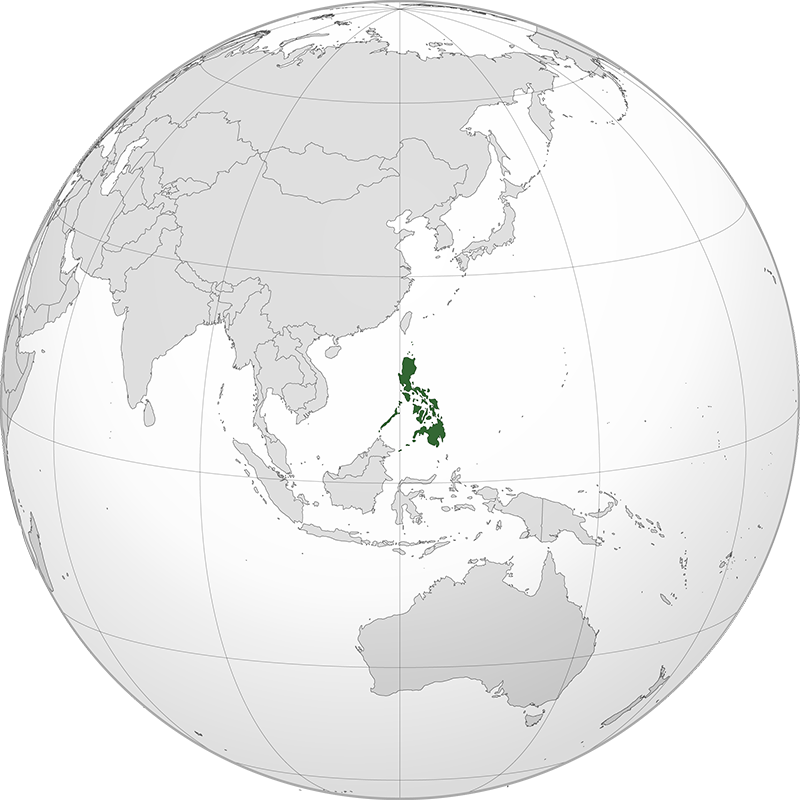
- Population:
- 115,844,000
- Religion:
- Christianity
The Philippines was home to early Malay and Austronesian societies before Spanish colonization in 1565. After over 300 years of Spanish rule, it was ceded to the U.S. in 1898 following the Spanish-American War. The country gained full independence in 1946. The Philippines has since developed into a dynamic economy, with a strong diaspora and growing industries like technology and tourism.
The Philippines, officially the Republic of the Philippines, is an archipelagic country in Southeast Asia, situated in the western Pacific Ocean. It consists of about 7,641 islands, categorized under three main geographical divisions: Luzon, Visayas, and Mindanao. Covering an area of approximately 300,000 square kilometers, it has a population of over 113 million people as of 2023, making it the 13th-most populous country in the world. The capital city is Manila, while the largest city is Quezon City; both are part of Metro Manila. The official languages are Filipino and English, with numerous regional languages and dialects spoken across the archipelago. The Philippines operates as a unitary presidential constitutional republic. The economy is diverse, with key sectors including services, manufacturing, agriculture, and remittances from overseas Filipino workers. The Philippines is known for its rich cultural heritage, influenced by various cultures, and its biodiversity, with numerous endemic species of flora and fauna. The country is a member of international organizations such as the United Nations, the Association of Southeast Asian Nations (ASEAN), and the World Trade Organization.

